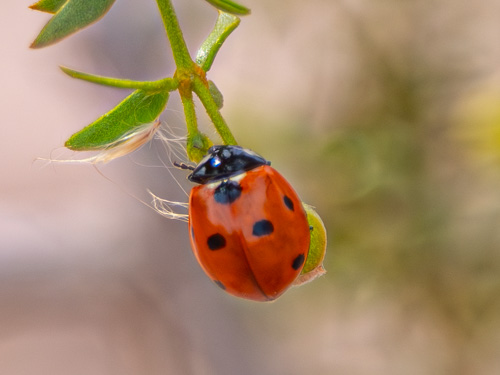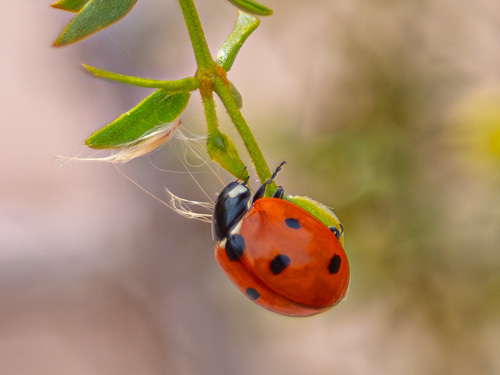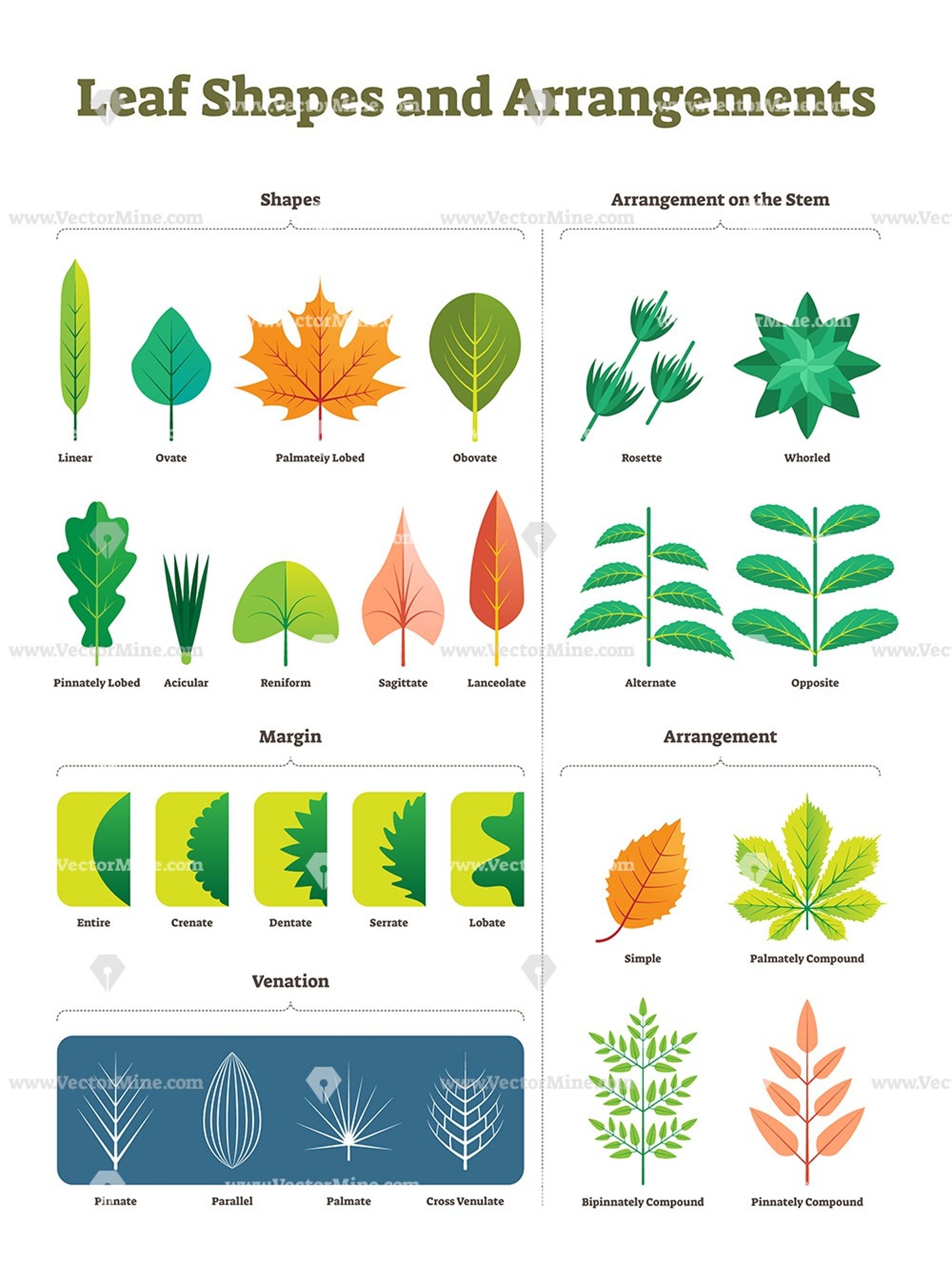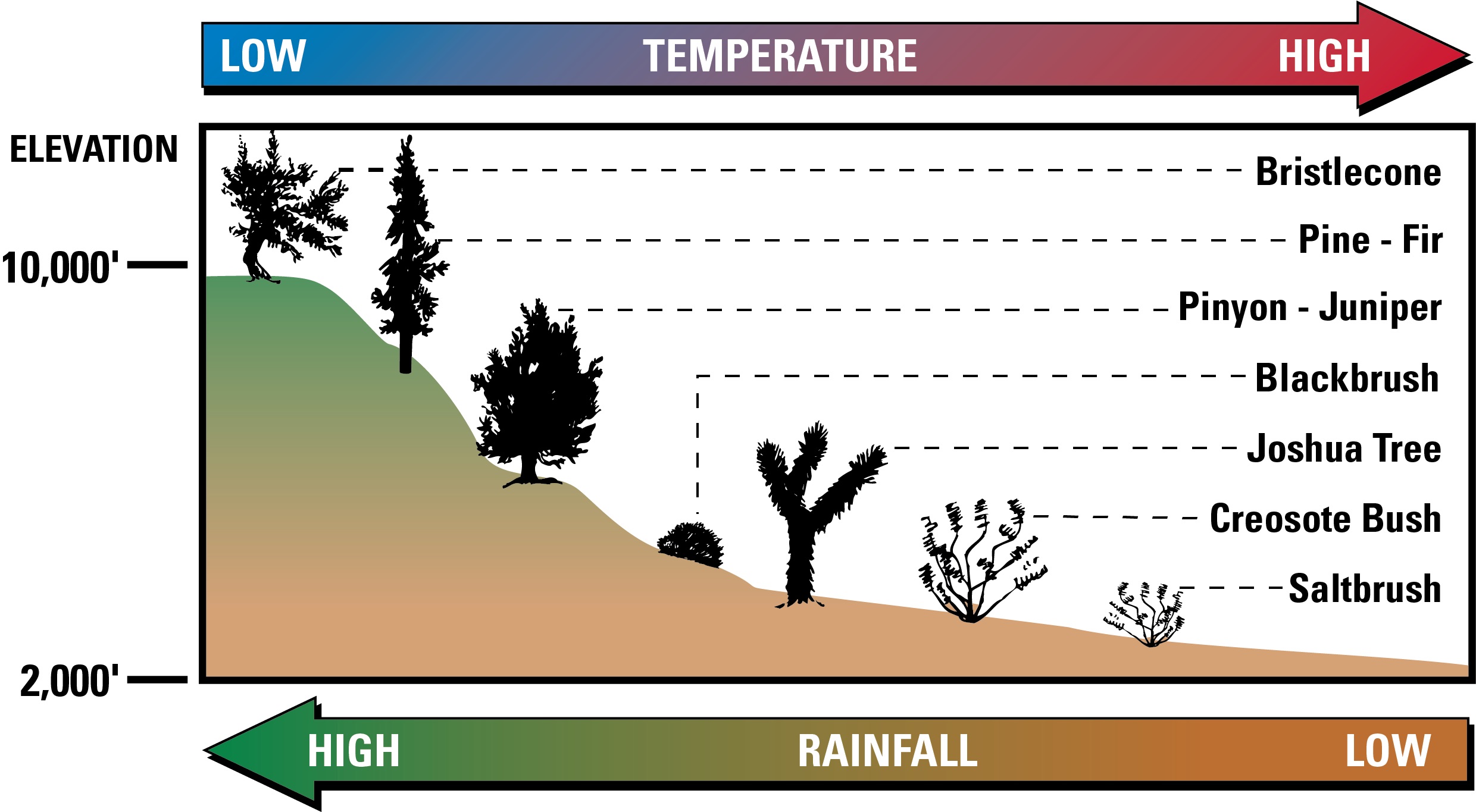Hippodamia convergens
Convergent Lady Beetle
Introduction:
It is easily identified by the two white lines on its black thorax that converge towards each other. These beetles are collected from large aggregations in mountainous areas and sold for biological pest control, though their effectiveness in gardens can be limited due to their tendency to disperse.
Life Cycle: Female H. convergens can lay over 1000 eggs over the span of a few months during the spring or early summer. In some populations, the beetles may undergo diapause if there are limited food resources to delay reproduction. Upon reaching the adult stage, females feed on fats and proteins for a week. This increases the production of juvenile hormone, helping the ovaries mature. This hormone also causes a behavior that results in long distance migration
Size 0.25 inch (4-7 mm)
Sexual Dimorphism: none
Metamorphosis: complete (egg, larva, pupa, adult)




